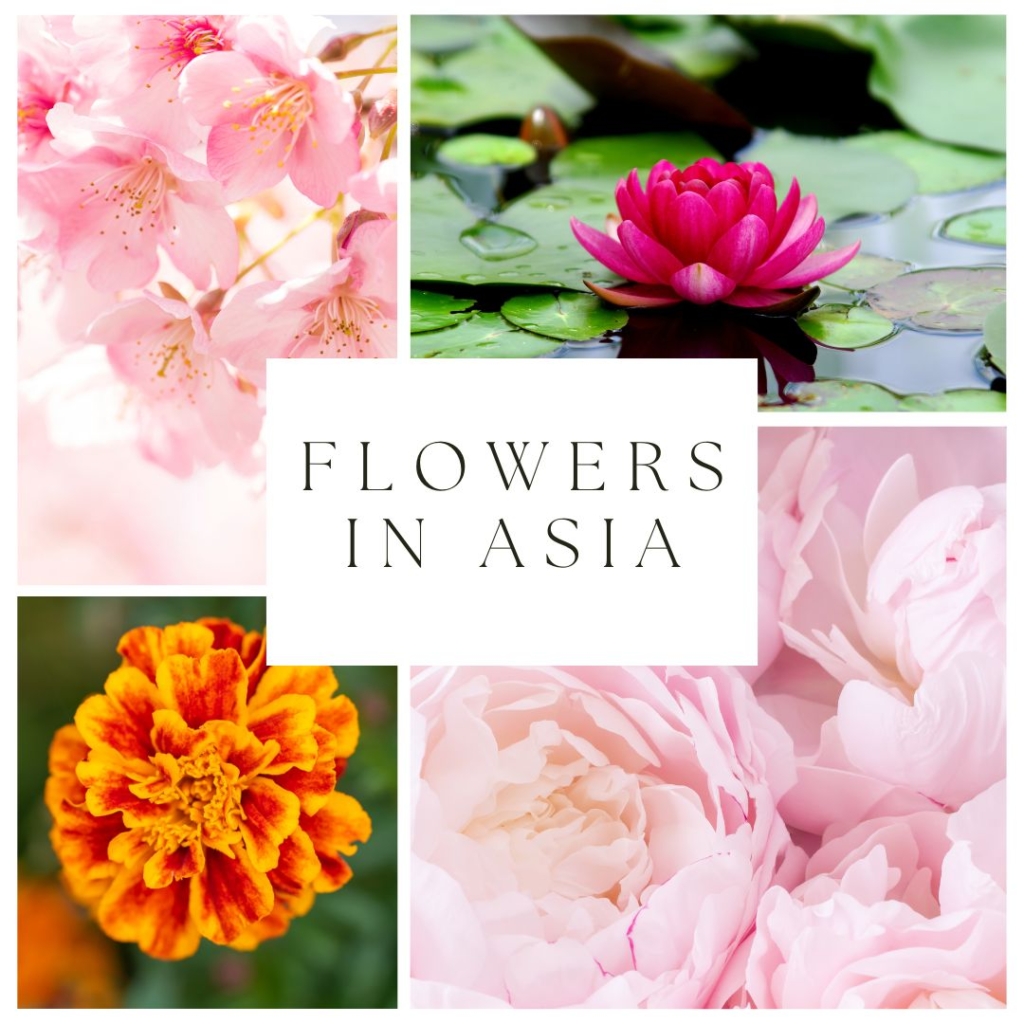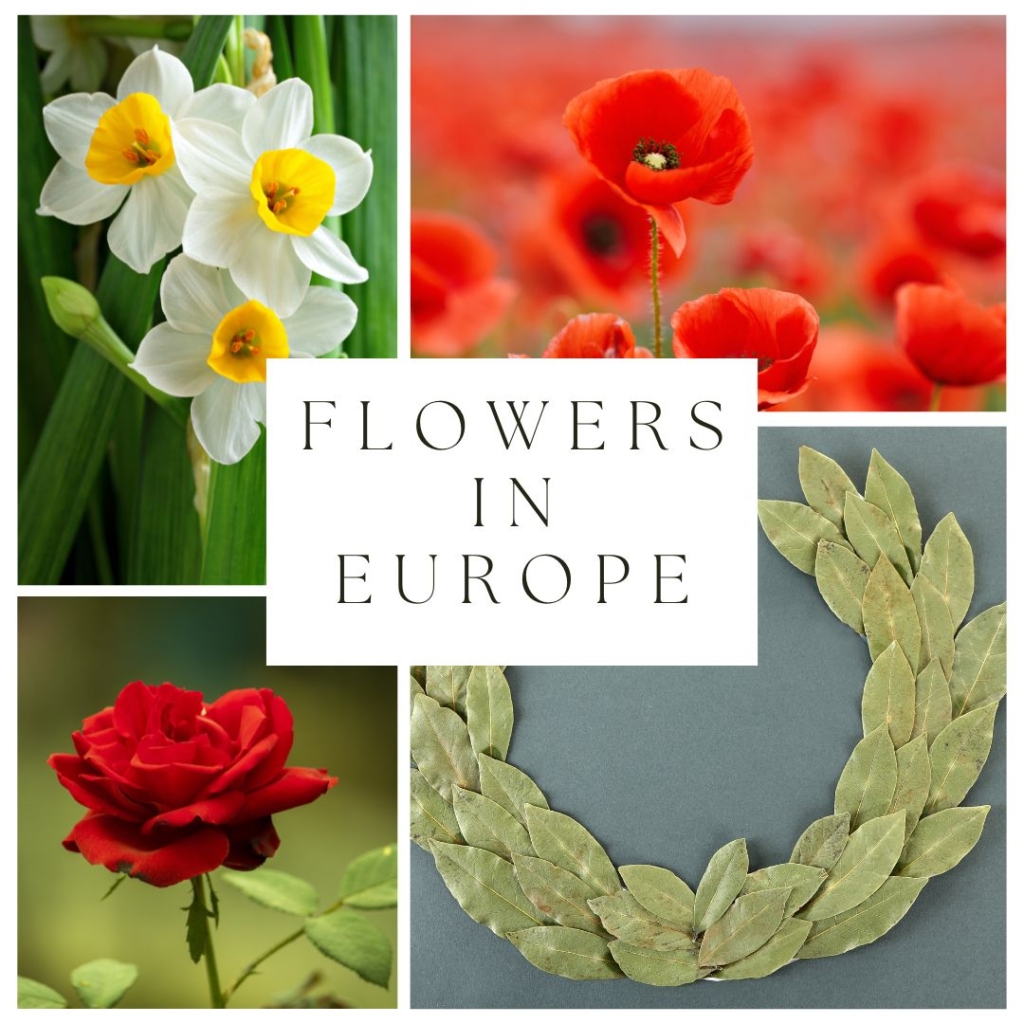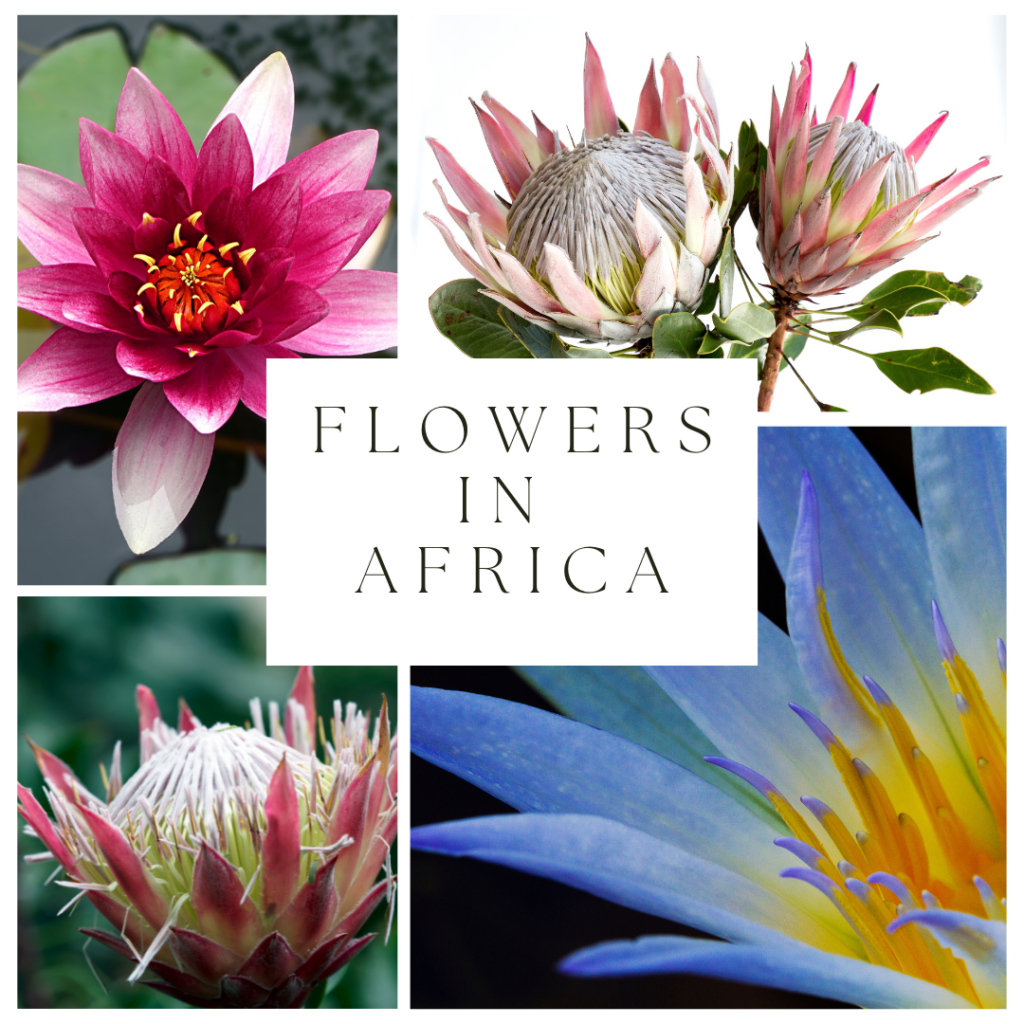Flowers have been an integral part of human culture for centuries, symbolizing a wide range of emotions, events, and traditions. Their beauty and diversity have made them powerful symbols in various cultural contexts around the world. Let’s explore the fascinating role of flowers in different cultures and how they continue to influence our lives today.
Flowers in Asia
China
In Chinese culture, flowers hold significant meanings and are often used in art, literature, and daily life. The peony, known as the “king of flowers,” symbolizes wealth, prosperity, and honor. It is often associated with the imperial family and is considered a national symbol. The lotus flower represents purity and spiritual enlightenment, often seen in Buddhist and Taoist traditions.
Japan
In Japan, flowers are deeply embedded in cultural practices, with cherry blossoms (sakura) being one of the most iconic symbols. The fleeting beauty of cherry blossoms represents the transient nature of life, a concept deeply rooted in Japanese philosophy. The art of flower arranging, known as Ikebana, emphasizes harmony, simplicity, and balance, reflecting the Japanese aesthetic principles.
India
In India, flowers are an essential part of religious and cultural ceremonies. Marigolds are commonly used in Hindu rituals and festivals, symbolizing auspiciousness and purity. The lotus flower is also highly revered, representing divine beauty and spiritual awakening. It is often associated with deities like Lakshmi and Saraswati.
Flowers In Europe
Greece
In ancient Greece, flowers were associated with gods and goddesses, playing a significant role in mythology. The laurel wreath, made from the bay laurel plant, was a symbol of victory and honor, often worn by athletes, poets, and heroes. The narcissus flower, linked to the myth of Narcissus, symbolizes self-love and vanity.
United Kingdom
In the United Kingdom, the red poppy is a powerful symbol of remembrance for soldiers who have died in wars. Each year on Remembrance Day, people wear red poppies to honor the fallen. The rose, particularly the red rose, is also a national symbol of England, representing love and romance.

Flowers In The Americas
Mexico
In Mexican culture, flowers play a significant role in the Day of the Dead (Día de los Muertos) celebrations. Marigolds, known as cempasúchil, are believed to guide the spirits of the deceased to the altars set up by their families. The vibrant orange and yellow hues of marigolds symbolize the sun and the fragility of life.
United States
In the United States, flowers are often used to celebrate major life events such as weddings, birthdays, and anniversaries. The red rose is widely recognized as a symbol of love and passion, while the white lily is associated with purity and sympathy, commonly used in funerals.
Flowers In Africa
Egypt
In ancient Egypt, flowers were used in religious rituals and burial ceremonies. The lotus flower was a symbol of creation and rebirth, often depicted in Egyptian art and architecture. The blue lotus, in particular, was associated with the sun god Ra and was believed to have magical properties.
South Africa
In South Africa, the protea flower, also known as the sugarbush, is a symbol of beauty and resilience. It is the national flower of South Africa and represents the diverse flora found in the region. The protea’s unique appearance and vibrant colors make it a popular choice in floral arrangements.
—
Flowers hold a unique place in human culture, serving as symbols of emotion, tradition, and spirituality. From the cherry blossoms of Japan to the marigolds of Mexico, each flower carries a story and a meaning that transcends borders and generations. Understanding the cultural significance of flowers allows us to appreciate their beauty even more and recognize the shared values that connect us all.
Whether you are celebrating a special occasion or simply enjoying the beauty of nature, remember that flowers are more than just decorative elements—they are a testament to the rich tapestry of human culture and history.

Thank you for reading the Floranext florist blog. We are committed to bringing flower shops the best information and tips to run their floral business. Click here to learn more about our florist software and how you can upgrade your florist website or floral point of sale.



